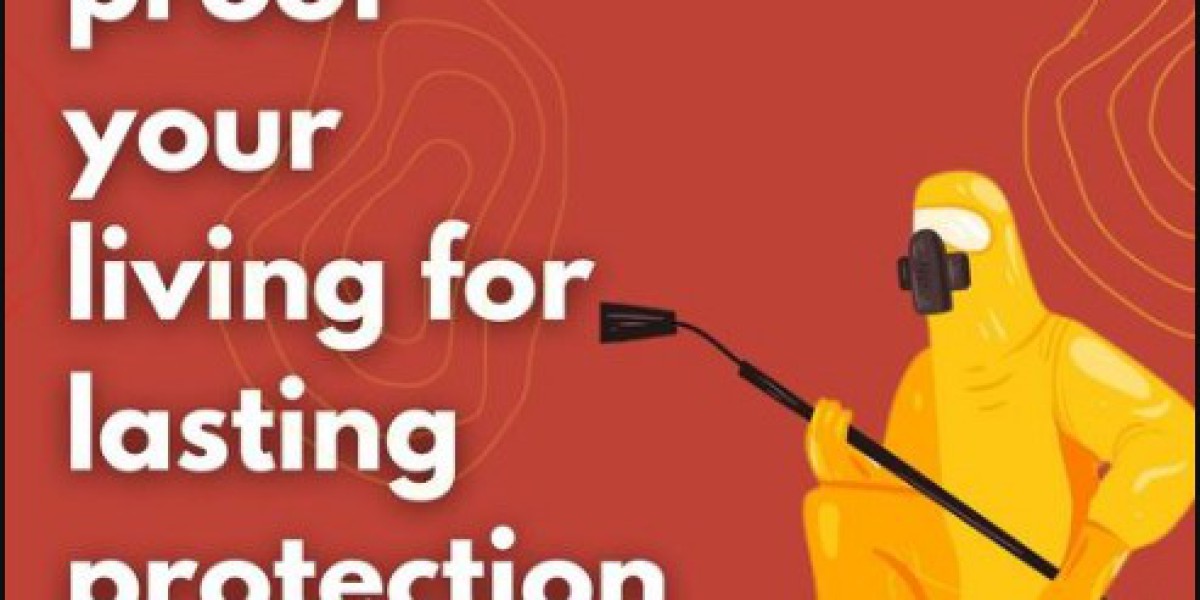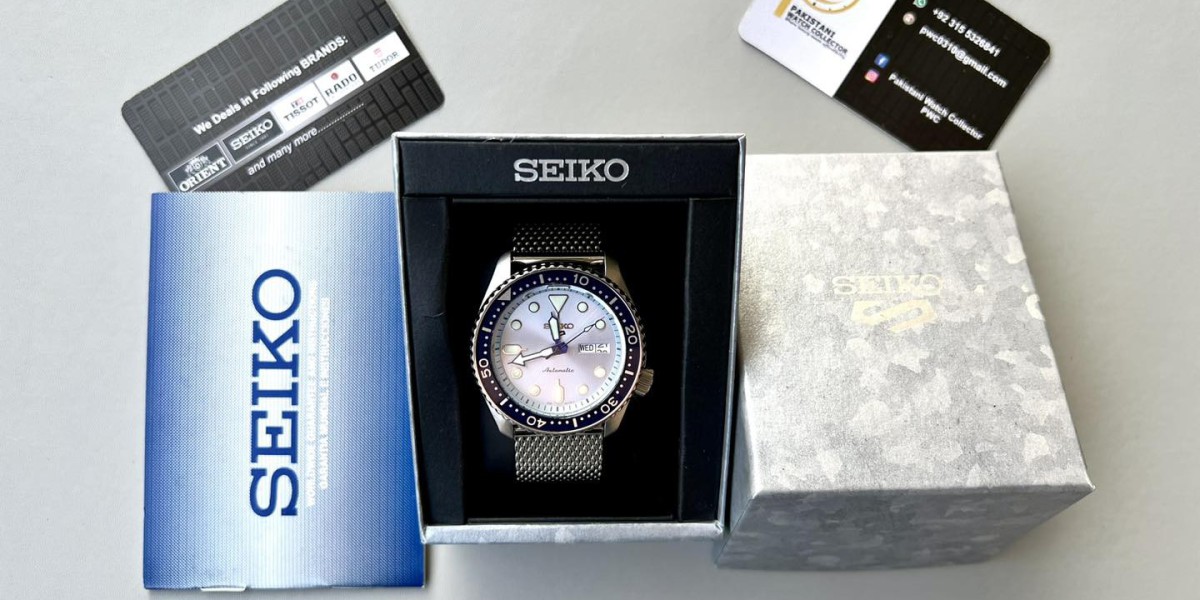Rodent infestations can cause significant problems for businesses, from health hazards to property damage. In Belfast, Pest Control & Proofing specializes in commercial pest control, offering effective solutions to eliminate rodents such as mice from your premises. This article will explore the importance of commercial pest control, methods for getting rid of mice, and how Pest Control & Proofing can help keep your business rodent-free.
1. Understanding the Importance of Commercial Pest Control
Pest control is a critical component of maintaining a clean, safe, and compliant business environment. For commercial properties, especially those in the food, hospitality, and retail sectors, the presence of pests like mice can lead to:
- Health Risks: Rodents are known carriers of diseases such as salmonella and hantavirus, which can be transmitted to humans.
- Property Damage: Mice can cause extensive damage to wiring, insulation, and structural components of buildings.
- Reputation Damage: A rodent sighting can severely impact a business’s reputation, leading to loss of customers and revenue.
- Legal Consequences: Non-compliance with health regulations due to pest infestations can result in fines and business closures.
Effective commercial pest control not only protects your business from these risks but also ensures a hygienic environment for both employees and customers.
2. Common Rodents in Belfast: The Threat They Pose
In Belfast, the most common rodents that pose a threat to businesses are mice and rats. These pests are highly adaptable and can thrive in various environments, making them difficult to control without professional intervention.
Mice:
- Size and Behavior: Mice are small, agile, and can squeeze through tiny openings. They are nocturnal and often go unnoticed until the infestation has grown.
- Diet: Mice are omnivorous and will eat anything available, including food scraps, packaging, and even wiring.
- Reproduction: A single mouse can produce up to 10 litters per year, with each litter containing 6–8 young, leading to rapid infestations.
Rats:
- Size and Behavior: Larger than mice, rats are also nocturnal and prefer to stay hidden. They are more destructive due to their size and powerful teeth.
- Diet: Rats have similar dietary habits to mice but require more food, leading them to chew through larger materials.
- Reproduction: Rats breed less frequently than mice but still pose a significant infestation risk due to their size and the damage they cause.

3. How to Get Rid of Mice in Commercial Settings
Getting rid of mice in a commercial setting requires a strategic approach that includes prevention, detection, and elimination. Here’s how you can effectively get an answer to How to get rid of Mice?:
1. Prevention:
- Seal Entry Points: Mice can enter through gaps as small as 6mm. Seal all cracks, holes, and gaps in walls, doors, and windows.
- Maintain Cleanliness: Keep your premises clean, especially food preparation and storage areas. Dispose of waste properly and regularly.
- Store Food Properly: Use airtight containers for food storage to prevent attracting mice.
2. Detection:
- Look for Signs: Common signs of a mouse infestation include droppings, gnawed materials, and tracks.
- Install Traps: Use baited traps in areas where mice activity has been detected. Regularly check and dispose of trapped mice.
3. Elimination:
- Use Professional-Grade Products: Commercial-grade rodenticides and traps are more effective than household products.
- Seek Professional Help: For severe infestations, it’s crucial to involve professional pest control services like Pest Control & Proofing.



